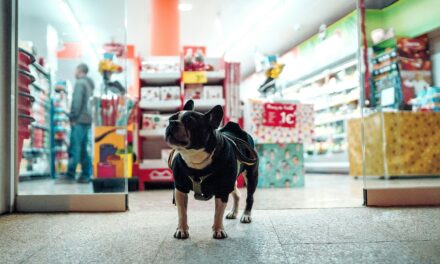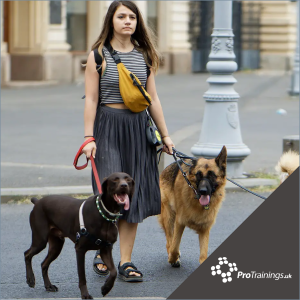Pets at Home has reported full-year underlying pre-tax profits in line with expectations, despite challenges in accessory sales.
According to an update by Hargreaves Lansdown, the company’s profit of £132 million was down 3.2% from the previous year, reflecting weaker profitability in the retail sector due to distribution disruptions and higher sales of lower-margin products. However, overall group revenue grew by 6.9% to £1.9 billion, driven by strong performance in the vet business.
Sales and Membership Growth
Pets at Home saw a 1.6% increase in the number of active ‘Pets Club’ members, reaching 7.8 million. The group’s net debt, including lease liabilities, stood at £369.2 million at the end of the year, while free cash flow decreased by 29.7% to £69 million. Despite these financial figures, Pets at Home announced a buyback of £25 million and maintained a full-year dividend of 12.8p, including a final dividend of 8.3p.
The outlook for the new financial year remains unchanged, with an expected underlying pre-tax profit of around £144 million. Following the announcement, Pets at Home’s shares remained steady.
Market Reaction and Analysis
The market’s response to Pets at Home’s full-year results was neutral, as the company met its downgraded targets. The reduction in profitability was mainly due to lower sales of high-margin items, as pet owners focused on essential purchases like food. Distribution disruptions also affected the financial performance, though these issues are expected to improve.
Despite these challenges, Pets at Home’s business model shows resilience. Essential pet supplies, such as food, ensure a stable demand regardless of economic conditions. The company’s strong market position is attributed to effective strategies in product availability and pricing.
Customer Data and Loyalty Programmes
Pets at Home benefits from an extensive database of customer information, with nearly 8 million ‘VIP’ members and increasing memberships in Puppy and Kitten Clubs. This data helps the company tailor its offerings and drive higher sales, enhancing customer loyalty and increasing the average annual spend per customer.
UK pet ownership trends remain robust, supporting continued demand for Pets at Home’s products and services. The company’s vet business provides a stable revenue stream, though further growth may require additional investments.
In the short term, Pets at Home faces challenges from rising operational costs and cautious consumer spending. The company has invested significantly in its online platform and digital infrastructure, which promises long-term profitability given sustained demand.
The ongoing competition watchdog’s probe into the veterinary sector has impacted investor sentiment. This uncertainty is reflected in Pets at Home’s valuation, which is currently below its long-term average, potentially presenting a long-term investment opportunity.








